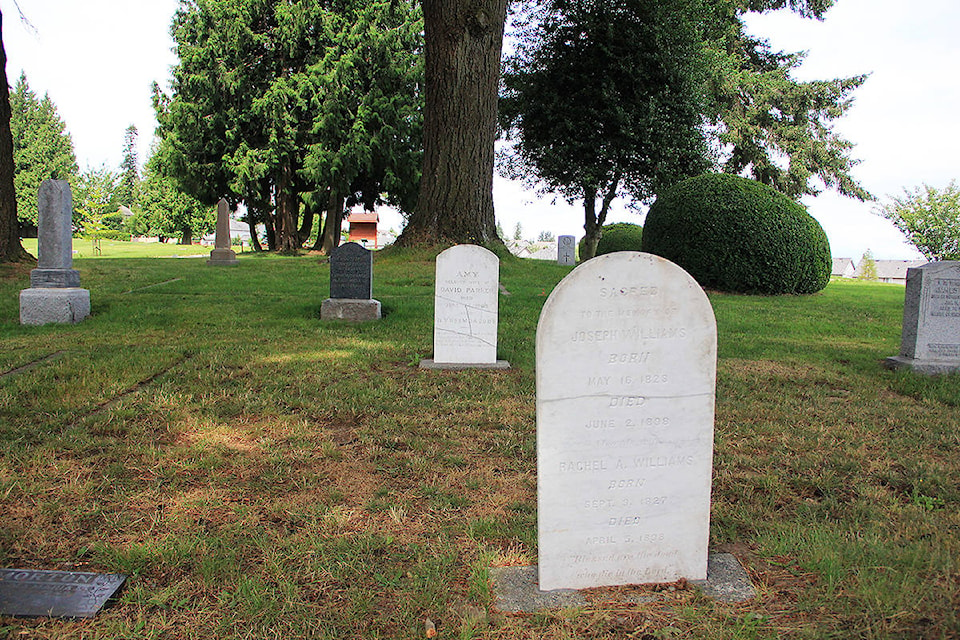You can be going along living your environmentally friendly life, reducing your carbon footprint, encouraging others to do the same, then poof! It can all go up in a cloud of smoke.
Quite literally, if fact, as 80 per cent of British Columbians are cremated after death. Death can be topic that the majority of people don’t really like talking about.
But if you want to continue your own legacy of being kind to the earth after death, then it is something that is worth looking into and making plans with loved ones.
Surely dying can’t be that bad for the environment, can it? Well, let’s take a look at cremation. With around 30,000 people annually being cremated in B.C. alone, that’s adding over 10 million kilograms of carbon pollution into the atmosphere every year.
Other toxic emissions can come from prosthetics and bone cement used in common surgeries like hip replacements.
In 2005 vaporised mercury from tooth fillings made up 16 per cent of all of the UK’s mercury emissions that year.
Burials also have their own environmental impact, most notably just because the actual space they take up.
But other problems can come from embalming fluids, and toxins from radiotherapy or chemotherapy seeping into the ground. Materials and transportation of coffins can also have detrimental effects on the environment.
Green or natural burials are becoming more and more popular and are available here in British Columbia. There are a number of principles that are followed to make a burial green. There is no embalming.
This also helps the natural way of recycling the body.
Viewings are still possible with the help of refrigeration and the use of environmentally sensitive products.
The burial is direct to earth, which means the body is wrapped in a natural biodegradable shroud or a locally sourced container or casket made from sustainable and fully biodegradable materials, and then buried directly in the grave. Vaults or grave liners are not used.
The interment area (graveyard) will be planted with local plants, trees and shrubs to optimise the local eco-system.
In most cases, the cemeteries will put in place provisions to ensure the site will never be repurposed and the natural eco-system is protected – in perpetuity. The use of individual memorials (gravestones) are discouraged.
Ultimately, it is the green burial site as a whole that becomes a living memorial.
Finally, the land is used to its optimal potential, including minimal infrastructure, temporary roads, and pathways and pragmatic grave dimensions. This re-use of graves optimises land use and in most cases plots are leased for 25 years instead of being purchased and then re-used after bodies are fully decomposed.
There is a lot of information online about green burials are where they are available. A great starting point is www.greenburialbc.ca
Alkaline hydrolysis, also known as aquamation, is a highly eco-friendly method of bio-cremation, but unfortunately it is as yet not available here. Hopefully as people push for greener funerals, this process along, with other environmentally friendly practices, will become more readily available.
Related: Eat less beef to help the planet, says Spotlight columnist
Related: Canadians drink about 2.5 billion litres of bottled water a year
